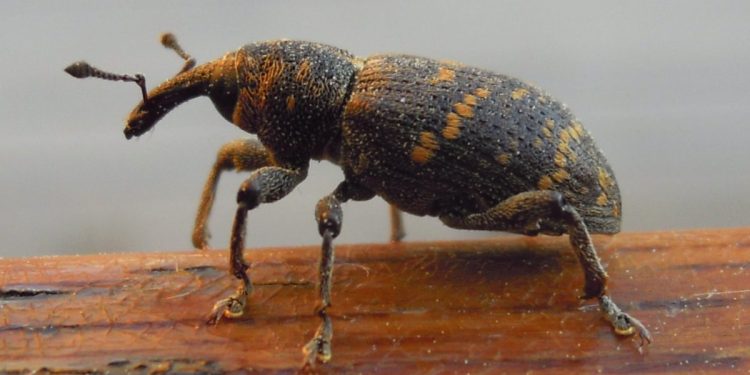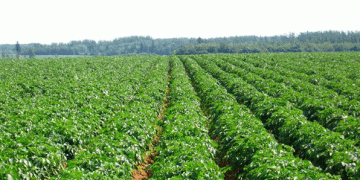#SavingWhitePines #PissodesStrobiInfestation #ForestHealth #InsectPestControl #EcologicalImpact #ForestryIndustry
The Pissodes strobi, also known as the white pine weevil, is a devastating insect pest that primarily feeds on white pines, causing significant economic and ecological damage in North America. This article delves into the development and consequences of Pissodes strobi infestation and discusses various strategies to combat this pest.
The Pissodes strobi feeds on the terminal shoot of white pines, resulting in the death of the shoot and stunting the growth of the tree. The infestation can also lead to the development of multiple leaders or crooked stems, making the trees unsuitable for high-value wood products. This pest’s impact is significant, causing millions of dollars in damage to the forestry industry and affecting the ecological health of forests.
The development of Pissodes strobi infestation is mainly influenced by the tree’s age, size, and site quality, with younger and smaller trees being more vulnerable. The consequences of infestation can be severe, leading to reduced wood quality, decreased tree growth and productivity, and even tree mortality. Furthermore, the damage inflicted by Pissodes strobi can also create favorable conditions for other insect pests and fungal diseases, further impacting the forest’s health.
To combat the Pissodes strobi infestation, various strategies have been developed, including chemical control, cultural practices, and biological control. Chemical control involves the use of insecticides, while cultural practices such as pruning and fertilization can increase the tree’s resistance to the pest. Biological control, using natural predators and parasites, is another strategy being explored.
In conclusion, the Pissodes strobi infestation is a significant threat to the forestry industry and the ecological health of forests. However, by understanding its development and consequences, we can develop effective strategies to combat its impact, such as chemical control, cultural practices, and biological control.






